Home>Dining>Tableware>What Do TD And TC Mean On Volumetric Glassware
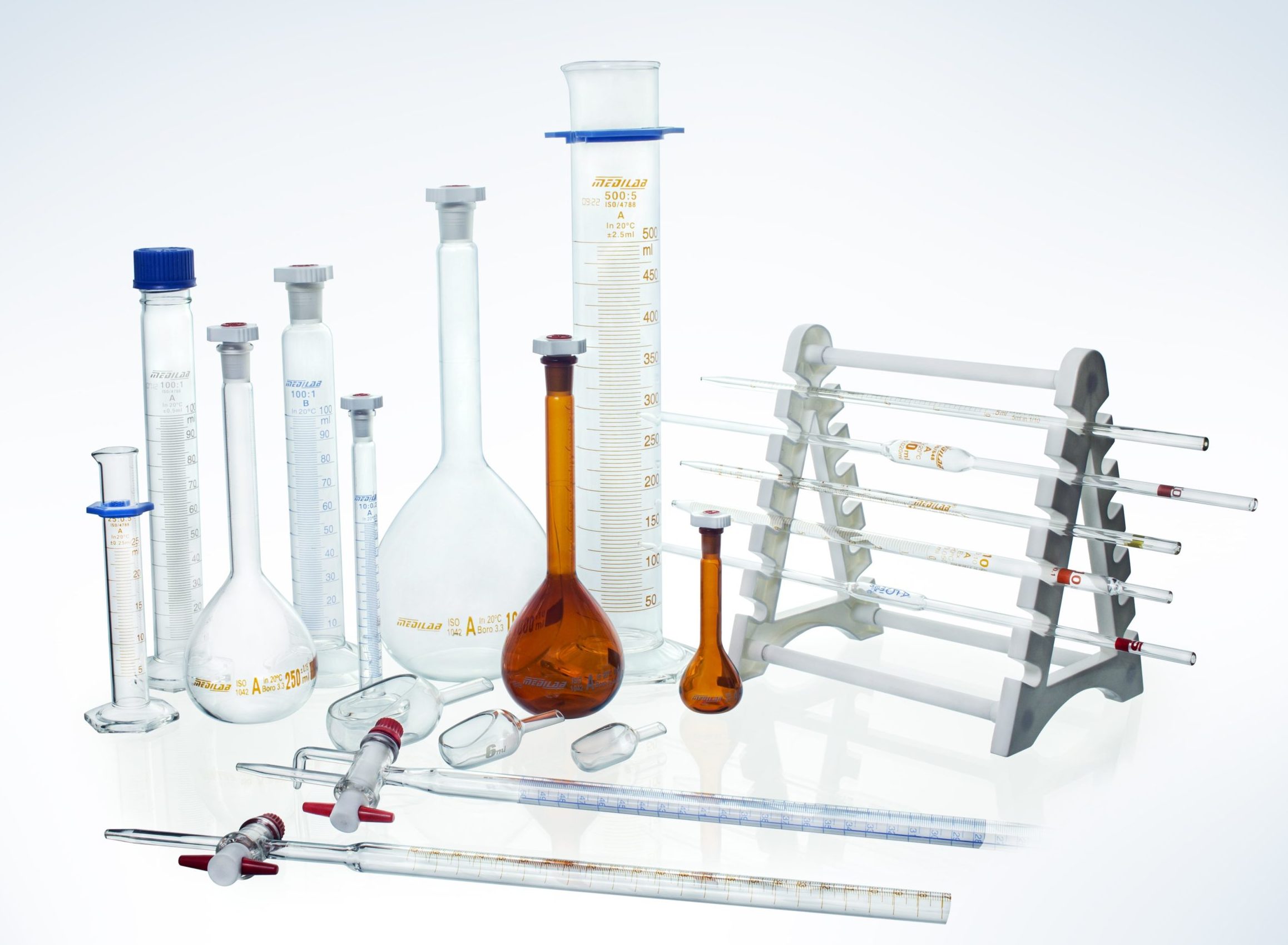

Tableware
What Do TD And TC Mean On Volumetric Glassware
Modified: December 7, 2023
Learn the meaning of TD and TC on volumetric glassware and their importance in accurately measuring liquids. Find out more about tableware and its uses.
(Many of the links in this article redirect to a specific reviewed product. Your purchase of these products through affiliate links helps to generate commission for Storables.com, at no extra cost. Learn more)
Introduction
Welcome to the world of volumetric glassware! If you have ever worked in a laboratory or a scientific setting, you are probably familiar with various types of glassware used for precise measurements. One of the key aspects of volumetric glassware is the markings found on the glassware, specifically the abbreviations TD and TC.
These abbreviations, TD and TC, have significant importance in determining the accuracy and precision of volumetric glassware. In this article, we will delve deeper into the meaning of TD and TC, their role in volumetric glassware, and why they are crucial for accurate scientific measurements.
So, let’s put on our lab coats and goggles and jump right into the world of TD and TC in volumetric glassware!
Key Takeaways:
- Understanding TD and TC markings is crucial for accurate scientific measurements. TD ensures precise delivery, while TC indicates maximum containment. These markings contribute to reliable results in various scientific and industrial applications.
- Factors such as glassware quality, temperature, and handling technique can impact TD and TC measurements. Regular calibration, verification, and usability checks are essential to maintain the accuracy and reliability of volumetric glassware.
Read more: What Is Crystal Glassware
Definition of TD and TC
TD stands for “to deliver” and TC stands for “to contain”. These abbreviations are often found alongside the volumetric measurements on glassware, indicating the intended use or purpose of the glassware. The markings are usually etched or engraved on the glass surface, ensuring their durability and visibility.
When a piece of volumetric glassware is marked with TD, it means that the glassware is designed to deliver the indicated volume accurately. In other words, the volume specified on the glassware is the exact amount that will be dispensed when the glassware is emptied.
On the other hand, when a piece of volumetric glassware is marked with TC, it means that the glassware is designed to contain the indicated volume accurately. In this case, the volume specified on the glassware is the maximum amount that the glassware can hold when filled to the brim.
It is important to note that the TD and TC markings allow for small measurement discrepancies, known as the tolerance levels. These tolerance levels take into account various factors such as the precision of the glassware manufacturing process and the potential presence of impurities or imperfections in the glass.
Now that we have a clear understanding of what TD and TC stand for, let’s explore why these markings are so crucial in the world of volumetric glassware.
The Importance of TD and TC in Volumetric Glassware
TD and TC markings play a crucial role in ensuring the accuracy and precision of scientific measurements in various fields such as chemistry, pharmacy, biology, and more. Here’s why these markings are so important:
Accurate Measurements: Volumetric glassware is designed to provide precise measurements for liquids. The TD and TC markings help users accurately determine the desired volume of liquid needed for experiments, formulations, or analyses. By using glassware marked with TD, scientists can be confident that they are dispensing the exact required volume, avoiding any errors in their calculations or experimental results.
Precise Dilutions: Dilution is a common practice in many scientific procedures, especially in chemical and biological experiments. The TD and TC markings on volumetric glassware allow scientists to prepare precise dilutions by measuring the exact amounts of solvents or reagents needed to achieve the desired concentrations. This ensures the reliability of experiments and maintains the integrity of scientific data.
Consistency in Measurements: Standardization is crucial in scientific research and industrial applications. Volumetric glassware with TD and TC markings helps maintain consistency across different laboratories and ensures that measurements and results are comparable and reproducible. This is particularly important when multiple researchers are working on the same project or when data needs to be compared across different studies.
Determining the Metrological Traceability: Metrological traceability is the ability to relate measurements to a reference standard through an unbroken chain of comparisons. The TD and TC markings on volumetric glassware provide a means of establishing this traceability. By following the guidelines set by calibration and accreditation bodies, laboratories can ensure that their measurements are traceable to recognized standards, thus maintaining the accuracy and reliability of their data.
Compliance with Quality Control Regulations: Various industries, such as pharmaceuticals and food manufacturing, operate under strict quality control regulations. The use of accurately calibrated volumetric glassware with TD and TC markings ensures compliance with these regulations and helps maintain the integrity and safety of products being manufactured or tested.
Overall, the TD and TC markings in volumetric glassware are essential for accurate and precise measurements in scientific research, quality control, and industrial applications. By using glassware with these markings, scientists and professionals can confidently perform their work, obtain reliable results, and contribute to advancements in their respective fields.
Accuracy and Precision in Volumetric Glassware
When it comes to scientific measurements, two key concepts to understand are accuracy and precision. In the context of volumetric glassware, accuracy refers to how close a measurement is to the true or target value, while precision refers to the consistency and reproducibility of measurements. Both accuracy and precision are essential in ensuring reliable and valid scientific data. Let’s take a closer look at each concept in relation to volumetric glassware:
Accuracy: In the context of volumetric glassware, accuracy refers to the degree of closeness between the measured volume and its true or target value. Accuracy is influenced by factors such as the quality of the glassware, the skill and technique of the operator, and the calibration and verification processes. Glassware marked with TD or TC helps in achieving accuracy by providing a reference point for the intended volume, allowing scientists to make precise measurements and minimize errors. Regular calibration and verification of the glassware further ensure its accuracy.
Precision: Precision, on the other hand, measures the degree of consistency and reproducibility of measurements. It focuses on the ability to obtain the same results with repeated measurements under similar conditions. In volumetric glassware, precision is influenced by factors such as the quality of the glassware, the handling technique, and the skill of the operator. Consistency in manufacturing processes and adherence to strict quality control standards contribute to the precision of the glassware. By using glassware with TD or TC markings, scientists can achieve consistent and reproducible results, allowing for more meaningful comparisons and analysis.
It is important to note that accuracy and precision are not mutually exclusive concepts. A measurement can be accurate yet not precise, precise yet not accurate, both accurate and precise, or neither accurate nor precise. To ensure high-quality measurements, both accuracy and precision should be considered and addressed in the use of volumetric glassware.
Accurate and precise measurements are crucial in various scientific applications, including chemical analysis, formulation development, and quality control. By using properly calibrated volumetric glassware with TD or TC markings, scientists can optimize their experimental processes, minimize measurement errors, and obtain reliable and valid data.
Next, let’s delve into understanding the tolerance levels associated with volumetric glassware and how they impact the accuracy and precision of measurements.
Understanding the Tolerance Levels of Volumetric Glassware
When it comes to volumetric glassware, it’s important to understand the concept of tolerance levels. Tolerance refers to the permissible range of error or variation that is allowed in a measurement. Volumetric glassware is manufactured with specific tolerance levels to account for various factors that can impact the accuracy and precision of measurements. Let’s explore this concept further:
Tolerance in Manufacturing: During the production of volumetric glassware, manufacturers take into account the inherent limitations of the manufacturing process. Factors such as the quality of glass, precision in etching or engraving markings, temperature variations during manufacturing, and possible human errors can introduce slight variations in the volume measurements. Manufacturers carefully determine the tolerance levels based on these factors, ensuring that the glassware meets acceptable standards for accuracy and precision.
Tolerance in Calibration: After the manufacturing process, volumetric glassware is typically subjected to calibration to verify its accuracy and precision. During calibration, the glassware is compared against known reference standards to determine any discrepancies. The tolerance levels in the calibration process help to identify and quantify the errors or variations in the glassware’s volume measurements. Calibrations are usually performed following internationally recognized procedures and guidelines to ensure accuracy and traceability of measurements.
Tolerance in Use: It’s important to recognize that even with properly manufactured and calibrated volumetric glassware, some level of variation or error can still occur during actual use. Factors such as the temperature, ambient pressure, handling technique, cleanliness of the glassware, meniscus reading, and other environmental factors can impact the accuracy and precision of measurements. Users of volumetric glassware must be aware of these factors and take appropriate measures to minimize their influence on the final measurements.
The tolerance levels associated with volumetric glassware are typically expressed as a percentage or as a specific value, depending on the purpose and regulations governing the application. For example, a volumetric flask with a tolerance level of ±0.05 mL means that the actual volume of the flask can deviate by up to 0.05 mL from the marked volume. The tolerance level sets the acceptable range of variation within which the glassware can still be considered accurate and reliable.
Understanding the tolerance levels of volumetric glassware is crucial for proper measurement and interpretation of results. It helps scientists and analysts assess the uncertainty associated with their measurements and appropriately account for any variations that may arise during experiments or analyses.
Now that we have a grasp of the tolerance levels in volumetric glassware, let’s explore the factors that can affect the TD and TC measurements in more detail.
Always remember that TD stands for “to deliver” and TC stands for “to contain” when using volumetric glassware. TD glassware is designed to deliver the specified volume, while TC glassware is designed to contain the specified volume.
Read more: What Is Glassware Used For
Factors Affecting the TD and TC of Volumetric Glassware
Several factors can influence the accuracy and precision of the TD (to deliver) and TC (to contain) measurements in volumetric glassware. Understanding these factors is essential for obtaining reliable and consistent results. Let’s explore some of the key factors that can affect the TD and TC measurements:
Glassware Quality: The quality of the glassware itself is crucial in ensuring accurate measurements. Any imperfections or inconsistencies in the glass material can affect the volume readings. High-quality glassware manufactured using precise techniques will generally provide more accurate and reliable measurements.
Temperature: Temperature fluctuations can cause the expansion or contraction of the glassware, altering the volume measurements. Most volumetric glassware is calibrated at a specific temperature, usually 20°C or 25°C, to account for temperature effects. If the experimental temperature deviates significantly from the calibration temperature, corrections may need to be applied to ensure accurate measurements.
Meniscus Reading: The meniscus is the curved surface of a liquid in a glass container. Accurate volume measurements require that the meniscus is read at eye level, ensuring that the bottom of the meniscus lines up with the volume marking. Parallax errors, caused by viewing the meniscus at an angle, can lead to inaccurate measurements. It is crucial to read the meniscus correctly to obtain precise volume readings.
Cleaning and Contamination: Proper cleaning and maintenance of volumetric glassware are essential to prevent contamination and ensure accurate measurements. Residual particles or substances left on the glassware can impact the surface tension of the liquid and affect the meniscus formation, leading to inaccurate readings. Regular cleaning using suitable cleaning agents and ensuring proper rinsing and drying procedures are important for maintaining the accuracy of volumetric glassware.
Gravity and Atmospheric Pressure: Variations in gravitational force and atmospheric pressure can have a minimal effect on the TD and TC measurements. However, these effects are generally negligible for most laboratory applications. In highly precise experiments or in applications where extreme accuracy is required, compensating for these factors may be necessary.
Technique and Handling: The technique and handling of volumetric glassware by the user can also influence measurements. Proper handling, including avoiding excessive shaking or agitation, ensuring proper pouring techniques, and consistent meniscus reading, can contribute to more accurate and precise volume measurements. Adhering to recommended procedures and guidelines for handling volumetric glassware is crucial for obtaining reliable results.
Time and Aging: Over time, volumetric glassware can undergo subtle changes due to factors such as aging, wear, and exposure to chemicals. While well-maintained glassware can maintain its accuracy for a long time, it is advisable to regularly calibrate or verify the glassware to ensure continued accuracy and precision.
By understanding and considering these factors, scientists and researchers can minimize measurement errors and obtain accurate and precise results when using volumetric glassware.
Now that we have explored the factors that can impact the TD and TC measurements, let’s dig deeper into the differences between TD and TC measurements.
Differences Between TD and TC Measurements
The TD (to deliver) and TC (to contain) measurements in volumetric glassware have subtle yet significant differences that are important to understand. Let’s explore these differences:
Intended Use: The primary difference between TD and TC measurements lies in their intended use. TD measurements are used when precise and accurate delivery of a specific volume of liquid is required. This is commonly seen with pipettes and burettes. On the other hand, TC measurements are used when precise and accurate containment of a specific volume of liquid is needed. This is commonly seen with volumetric flasks and graduated cylinders.
Dispensed Volume: When using glassware with a TD marking, the specified volume is the exact amount that will be delivered or dispensed when the glassware is emptied. This means that the liquid level should be adjusted to the bottom of the meniscus at the mark to achieve the accurate TD measurement. Conversely, when using glassware with a TC marking, the specified volume is the maximum amount that the glassware can contain when filled to the brim. The liquid level should reach the top of the meniscus at the mark to achieve the accurate TC measurement.
Tolerance Levels: TD and TC measurements also have different tolerance levels. The tolerance for TD measurements is typically tighter compared to TC measurements. This is because precise delivery of a specific volume is often more critical than containing a specific volume within a specific range. The tolerance levels associated with TD and TC measurements are important to consider when determining the acceptable range of variation in the delivered or contained volume.
Instrument Design: Volumetric glassware designed for TD measurements often have a single graduation mark at the desired volume level, which indicates the exact point at which to dispense the liquid. This simplicity allows for precise delivery. On the other hand, volumetric glassware designed for TC measurements often have multiple graduation marks, allowing the user to accurately measure volumes within a specific range. This flexibility accommodates the variability in liquid levels when containing a given volume.
Application: The choice between using TD or TC measurements depends on the specific application or experiment. TD measurements are commonly used in analytical techniques where accuracy in delivering precise volumes is crucial, such as in titrations and sample preparation. TC measurements are commonly used in preparing standard solutions or diluting substances to a desired concentration. It is essential to choose the appropriate glassware and measurement method based on the specific requirements of the experiment.
By understanding the differences between TD and TC measurements, users can ensure the correct use and interpretation of volumetric glassware, leading to accurate and reliable results in their scientific experiments and analyses.
Next, let’s explore some common uses of TD and TC measurements in various fields.
Common Uses of TD and TC Measurements
The TD (to deliver) and TC (to contain) measurements in volumetric glassware have a wide range of applications across different fields. Let’s explore some common uses of TD and TC measurements:
Chemical Analysis: TD and TC measurements are extensively used in chemical analysis to prepare standard solutions and perform accurate titrations. TD measurements are commonly used for precise delivery of reagents, ensuring accurate concentration calculations and consistent results. TC measurements, on the other hand, are used to prepare precise volumes of analyte or samples for analysis, ensuring accurate and reproducible measurements.
Pharmaceutical Formulation: The pharmaceutical industry heavily relies on TD and TC measurements to prepare accurate and precise formulations of drugs and pharmaceutical products. TD measurements are used for precise delivery of active ingredients and excipients during formulation, ensuring consistent dosing and therapeutic efficacy of the final product. TC measurements are used to accurately measure the volume of liquids to be incorporated into the formulation, maintaining the concentration and desired characteristics of the pharmaceutical product.
Biological Research: In biological research, TD and TC measurements are crucial for various applications. TD measurements are commonly used when delivering precise volumes of samples, buffers, or reagents in molecular biology techniques like PCR (polymerase chain reaction) or protein assays. TC measurements are used when containing precise volumes of culture media, solutions, or biological samples, ensuring accurate cell culturing, dilution, or analysis.
Food and Beverage Industry: TD and TC measurements play a vital role in ensuring consistency and quality in the food and beverage industry. TD measurements are used for precise delivery of ingredients during recipe formulation, guaranteeing accurate taste profiles and maintaining product consistency. TC measurements are used to contain specific volumes of liquids, such as beverages or sauces, ensuring accurate filling and packaging, and meeting regulatory requirements.
Environmental Analysis: In environmental analysis, TD and TC measurements are essential for accurate sample preparation and analysis. TD measurements are used to deliver precise volumes of samples or reagents when analyzing contaminants in water or soil samples. TC measurements are used to contain specific volumes of samples or standards for calibration, ensuring accurate measurements of pollutants and compliance with environmental regulations.
Research and Development: TD and TC measurements are integral to various research and development activities across industries. They are used in scientific experiments, prototyping, formulation development, and process optimization. TD measurements allow for precise control of variables and ensure reproducibility, while TC measurements provide accurate volumes for testing and analysis.
These are just a few examples of how TD and TC measurements are widely used in different fields. The precise and accurate measurement capabilities provided by TD and TC markings in volumetric glassware contribute to the reliability and credibility of scientific data and industrial processes.
Next, let’s explore the testing and verification processes involved in ensuring the accuracy of TD and TC measurements in volumetric glassware.
Testing and Verification of TD and TC in Volumetric Glassware
Ensuring the accuracy of TD and TC measurements in volumetric glassware is crucial for obtaining reliable and precise results. To achieve this, testing and verification processes are conducted to assess the accuracy and precision of the glassware. Let’s explore these processes in more detail:
Calibration: Calibration is the process of comparing the measurements of a volumetric glassware piece to a known reference standard. This process determines any deviations or errors in the glassware’s volume measurements. Calibration involves filling the glassware with a known volume of liquid, such as water or a calibration solution, and measuring the actual volume dispensed or contained. The measurements obtained are compared to the expected values to determine the accuracy of the glassware. Calibration should be performed regularly or whenever there is a significant change in the glassware handling or environment.
Calibration Standards: Calibration is typically performed using certified reference materials or standard solutions with accurately known concentrations. These materials have been thoroughly tested and verified to ensure their accuracy. The use of calibration standards allows for traceability, ensuring that the calibration process is reliable and consistent across different laboratories or institutions.
Verification: Verification confirms that the volumetric glassware meets the specified accuracy and accordance with relevant standards or regulations. Verification involves conducting performance tests to determine the reliability and precision of the glassware. These tests include measuring the delivered or contained volume at various markings and comparing the results to the tolerance levels specified by the standards. Verification is often performed by qualified personnel using calibrated equipment and following recognized procedures.
Usability Checks: In addition to calibration and verification, usability checks are necessary to ensure proper functioning of the volumetric glassware. Usability checks involve visually inspecting the glassware for any physical defects or damage, such as chips, cracks, or etching irregularities. Other checks include ensuring the legibility of the markings, proper fit of stoppers or caps, and confirming that the glassware is labeled with appropriate TD or TC markings.
Documentation and Records: It is crucial to keep accurate documentation and records of the calibration and verification processes performed on volumetric glassware. This includes details such as the date of calibration or verification, the reference standards used, the test results, and any adjustments made. This documentation serves as evidence of compliance and helps maintain a traceable history of the glassware’s accuracy and precision.
By conducting regular calibration, verification, and usability checks, laboratories and scientific facilities can ensure the accuracy and reliability of their volumetric glassware. This allows for precise measurements, minimizes experimental errors, and enhances the quality and validity of scientific data.
Now that we have explored the testing and verification processes, let’s summarize the key points discussed in this article.
Read more: What Do Zoning Codes Mean
Conclusion
Volumetric glassware with TD and TC markings is essential in the world of precise measurements. TD (to deliver) and TC (to contain) measurements play a critical role in ensuring accurate and reliable results in various scientific fields and industries.
We have learned that TD markings indicate the precise volume that will be delivered or dispensed when the glassware is emptied, while TC markings represent the maximum volume that the glassware can contain when filled to the brim. These markings help scientists and professionals achieve accuracy and precision in their measurements.
The accuracy and precision of volumetric glassware are influenced by various factors such as the quality of the glassware, temperature fluctuations, handling techniques, contamination, and more. Understanding these factors helps minimize errors and ensures reliable measurements.
TD and TC measurements have different tolerance levels, with TD measurements typically having tighter tolerances. Tolerance levels account for inherent variations in manufacturing and calibration processes, allowing for an acceptable range of variation while maintaining accuracy and precision.
Common uses of TD and TC measurements include chemical analysis, pharmaceutical formulation, biological research, food and beverage production, environmental analysis, and research and development. These measurements contribute to the accuracy, consistency, and quality of scientific experiments, formulations, and industrial processes.
To ensure accuracy, calibration and verification processes are performed regularly. Calibration involves comparing the glassware’s measurements to known reference standards, while verification confirms compliance with specified accuracy and precision. Usability checks and proper documentation further contribute to maintaining the reliability of volumetric glassware.
Overall, understanding and utilizing TD and TC measurements in volumetric glassware are crucial for obtaining accurate and precise results. By adhering to proper techniques, conducting regular testing and verification, and considering the various factors affecting measurements, scientists and professionals can confidently perform their work and contribute to advancements in their fields.
So, next time you encounter TD and TC markings on volumetric glassware, you can appreciate their significance in ensuring the accuracy and precision of scientific measurements. Happy measuring!
Frequently Asked Questions about What Do TD And TC Mean On Volumetric Glassware
Was this page helpful?
At Storables.com, we guarantee accurate and reliable information. Our content, validated by Expert Board Contributors, is crafted following stringent Editorial Policies. We're committed to providing you with well-researched, expert-backed insights for all your informational needs.

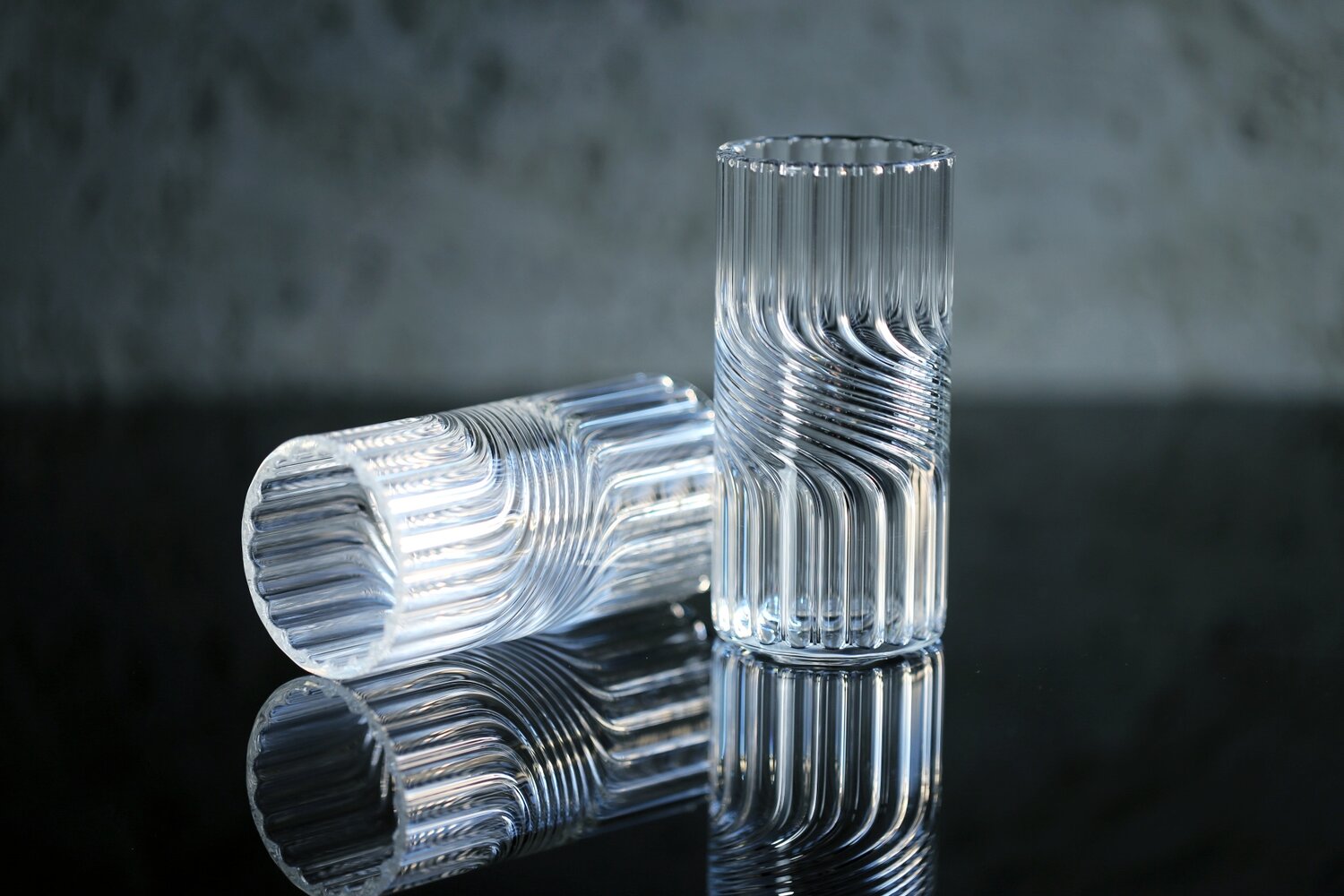
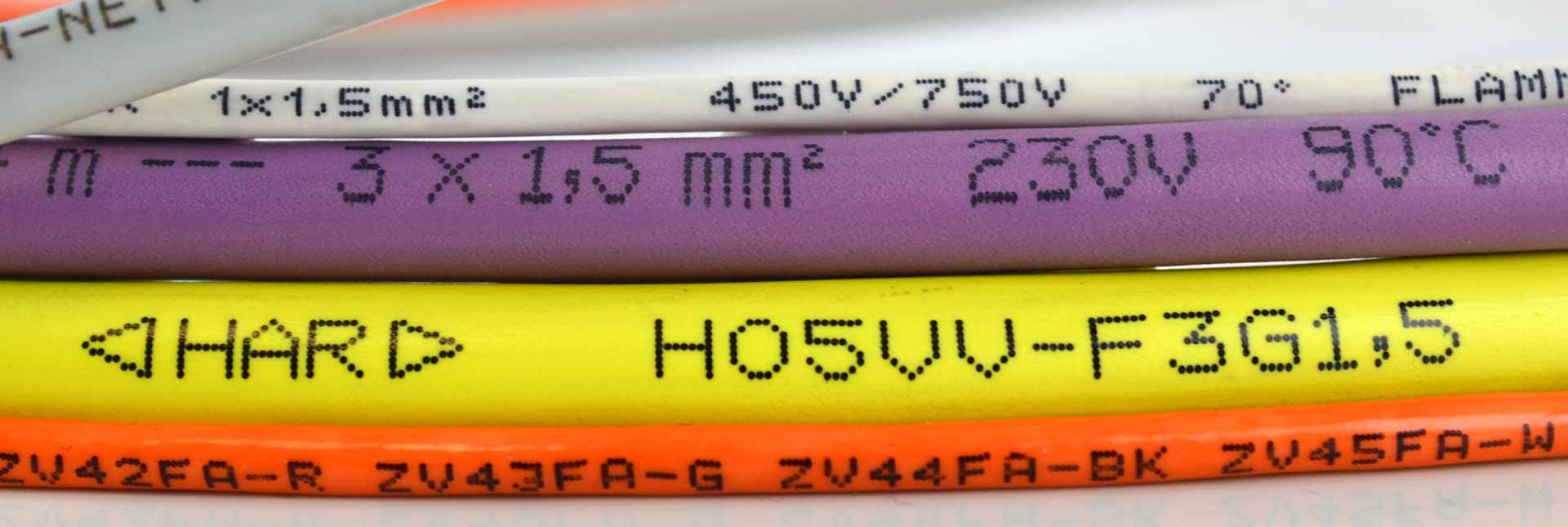


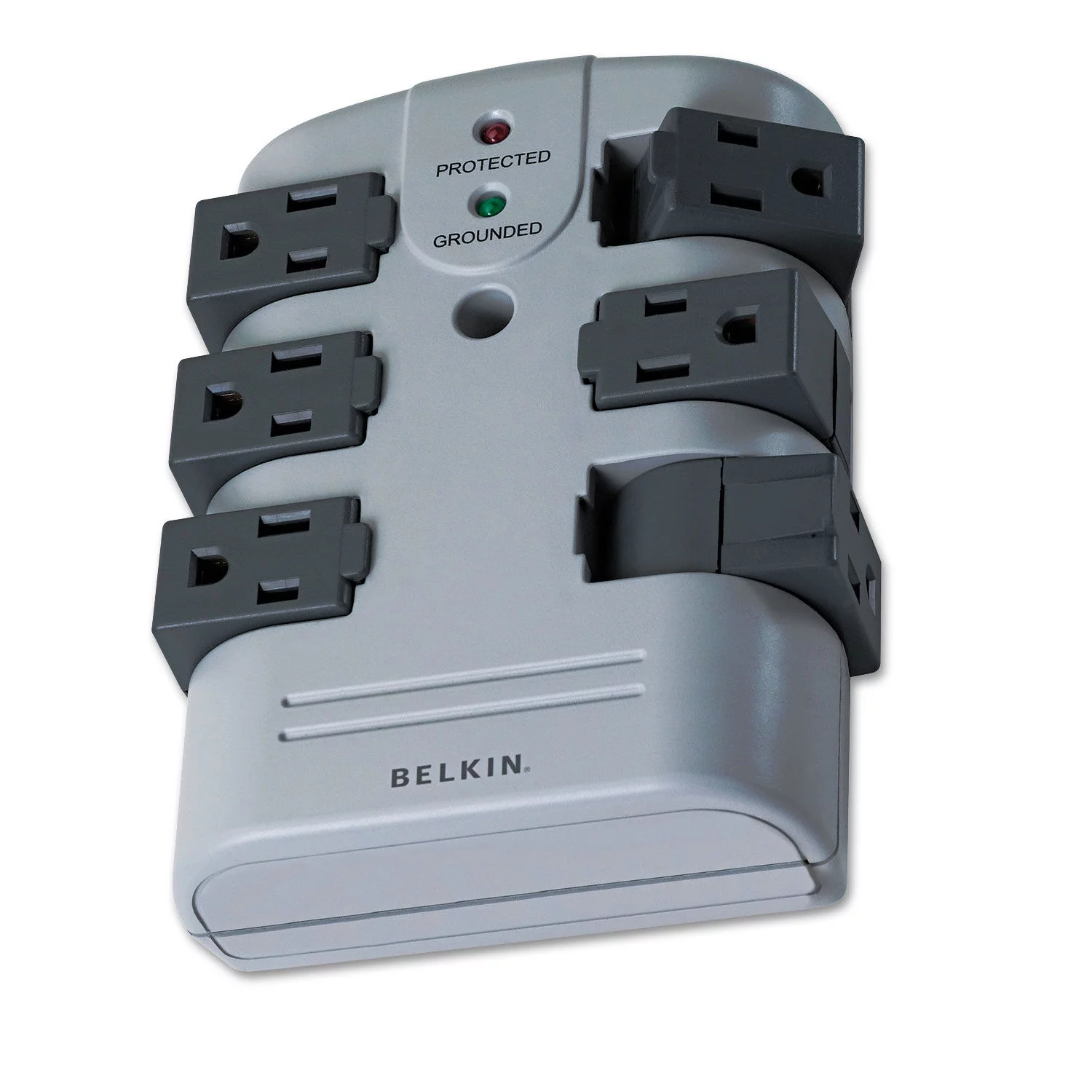
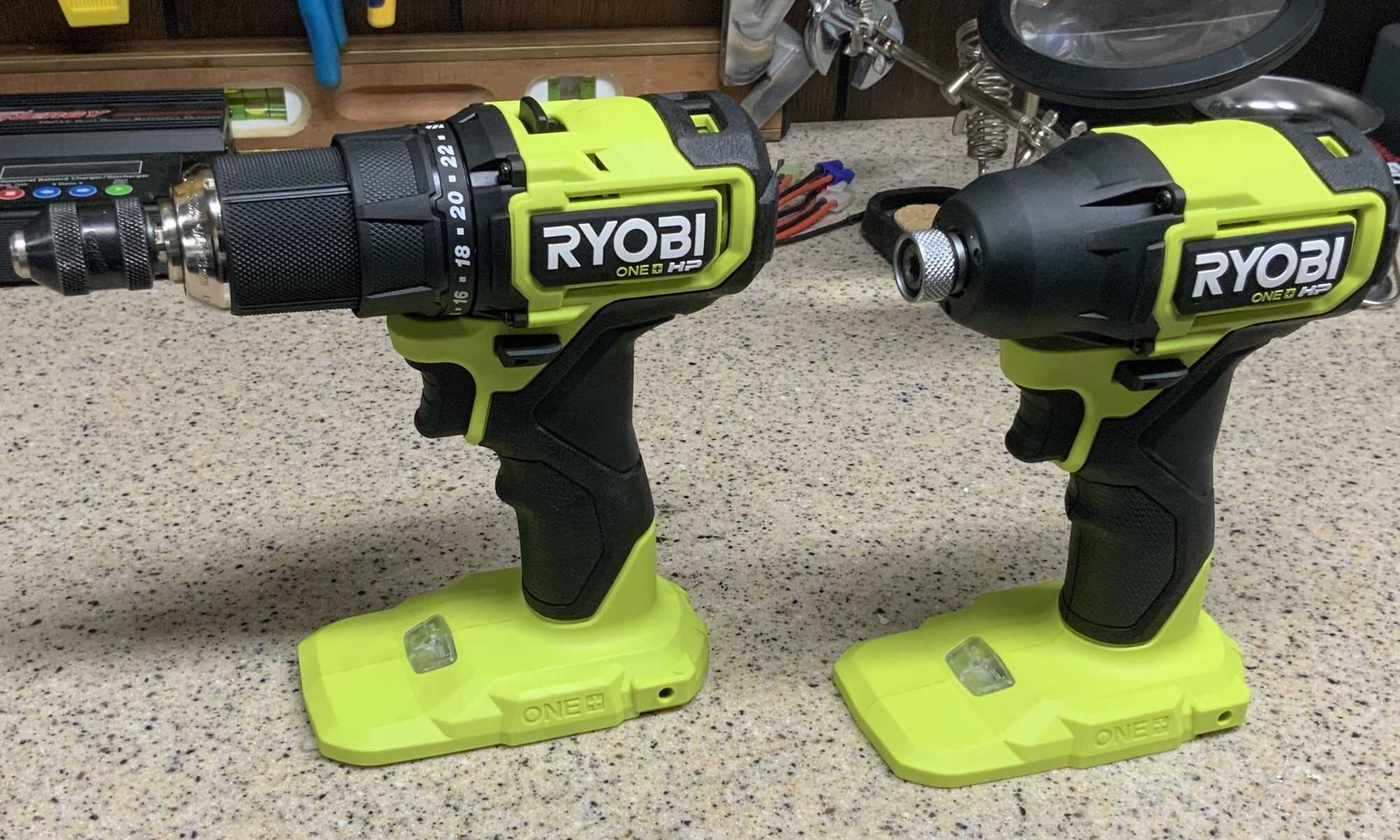


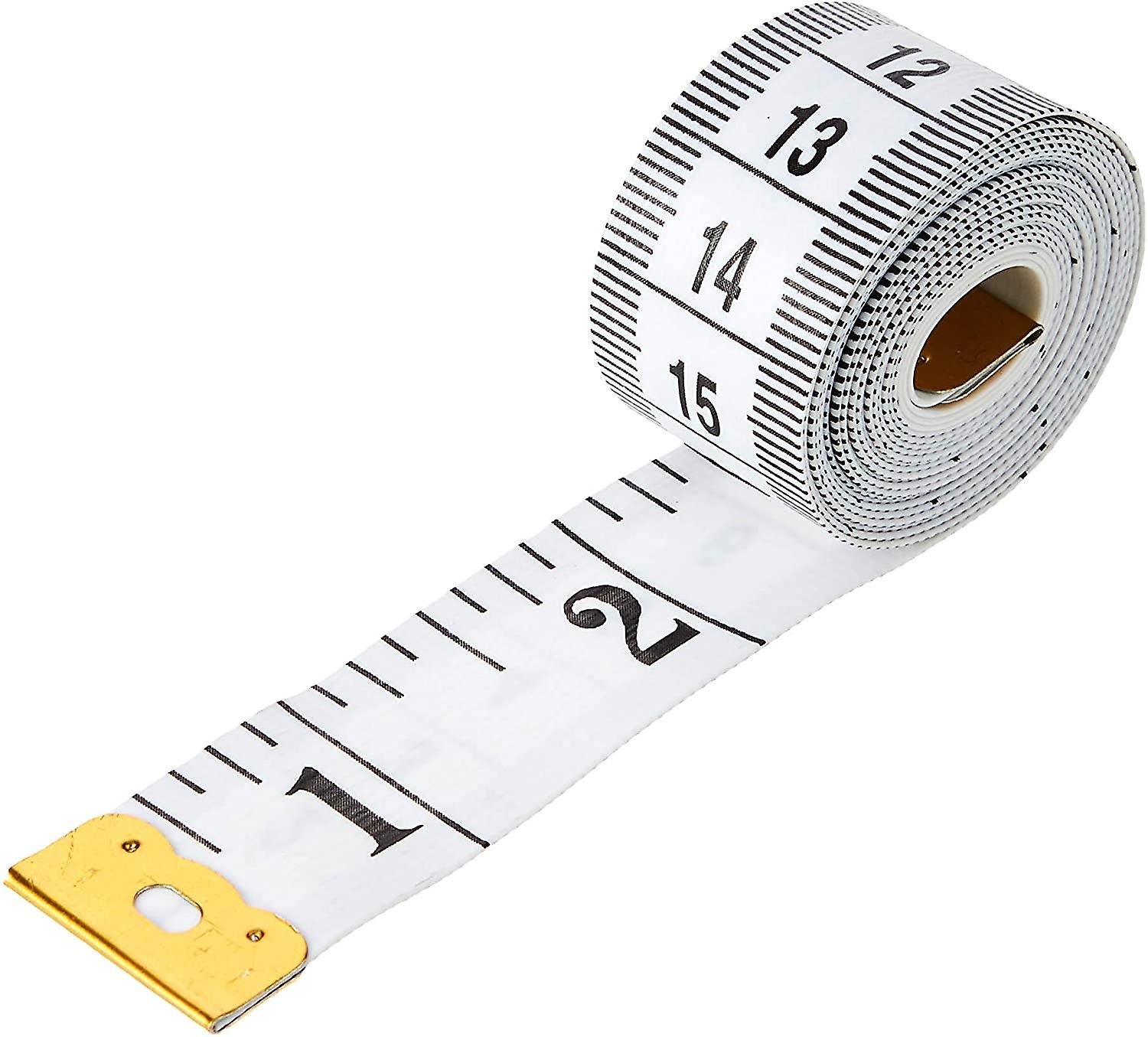




0 thoughts on “What Do TD And TC Mean On Volumetric Glassware”